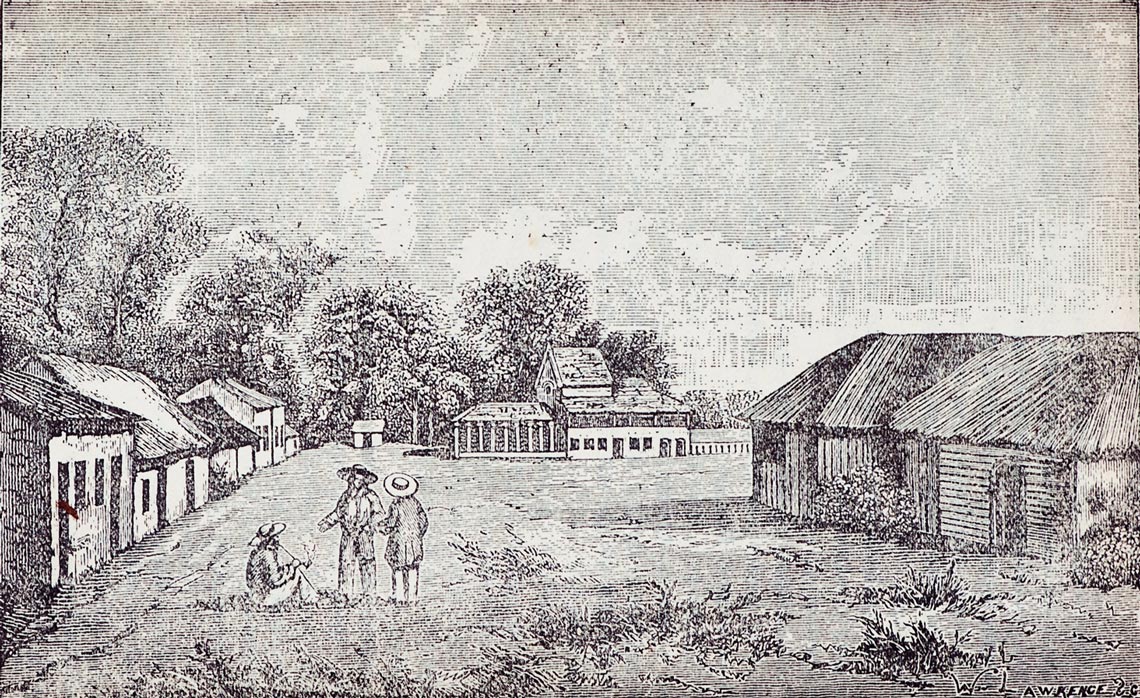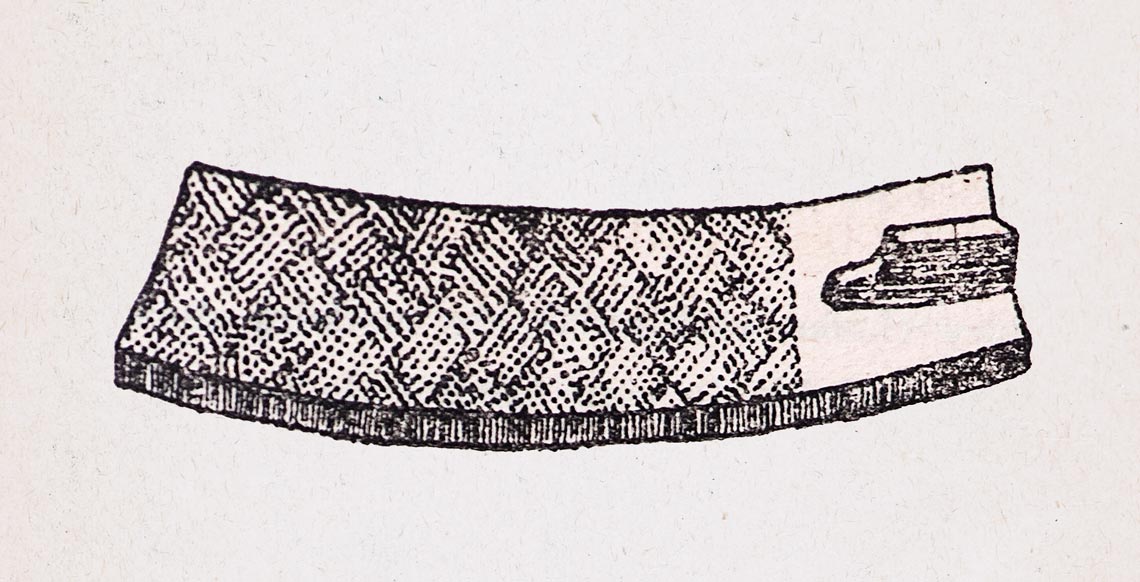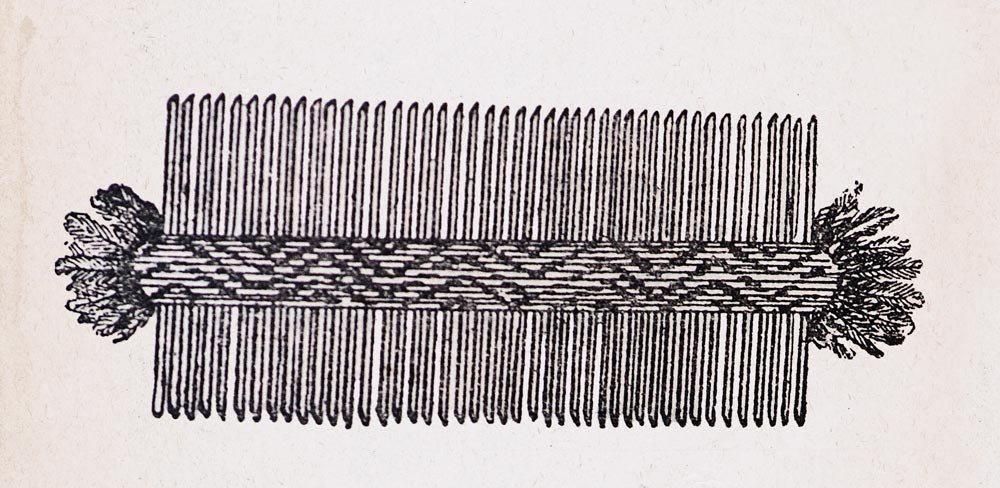In April 1848, the British naturalist Alfred Russel Wallace (1823–1913), who would later become known for his studies on natural selection, began the first great adventure of his life. Armed with some of the funds he had saved during the years he worked as a surveyor for his brother’s small business in England, he and his friend Henry Walter Bates (1825–1892), with whom he shared an interest in botany and entomology, left from the port of Liverpool bound for Belém, Pará. They were not sure what they would find. “There had been a description or two by Europeans who had traveled through the Amazon, but much of the territory remained unexplored and aroused curiosity among foreigners,” says historian Carla Oliveira de Lima, who studied Wallace’s trip to Brazil in her doctoral thesis, defended at the Oswaldo Cruz Foundation (FIOCRUZ), in Rio de Janeiro, in 2014.
Until the age of 25, when he began his Amazon expedition, Wallace worked in surveying and mathematics, disciplines that he eventually taught in school. In addition, as an autodidact he studied botany and zoology. The reading of some publications was important in the preparation of the trip. In his autobiography, Wallace mentions the influence of American naturalist and writer William Edwards’s book A Voyage Up The River Amazon, with its vivid descriptions of anacondas, piranhas, and insects. He was also familiar with the works of Charles Darwin (1809–1882).

Travels on the Amazon and Rio Negro. Cia Editora Nacional, 1939, FD-USP Library
Wallace drew people from places he visited, such as Nazaré, near BelémTravels on the Amazon and Rio Negro. Cia Editora Nacional, 1939, FD-USP Library“An earnest desire to visit a tropical country, to behold the luxuriance of animal and vegetable life said to exist there, and to see with my own eyes those wonders which I had so much delighted to read of in the narratives of travelers, were the motives that induced me to break through the trammels of business and the ties of home, and start for ‘Some far land where endless summer reigns.'” So wrote Wallace in his book Travels on the Amazon and Rio Negro, published in 1853, in London.
In his account, Wallace recorded and wrote detailed descriptions of the species of birds, fish, insects, and plants he encountered on the various expeditions he made during his four-year stay in the region. The naturalist also observed how the geographic distribution of certain species, and how natural barriers such as rivers, can affect the presence and behavior of animals. Years later, in an expedition to the Malay Archipelago, between 1854 and 1862, Wallace would delve deeper into these studies, which gave rise to work in which he interpreted the theory of evolution among living beings. In March 1858, the naturalist sent a letter of introduction to Darwin with his article “On The Law Which Has Regulated The Introduction Of New Species,” asking for his opinion. The text summarized some of the ideas in the theory of evolution that Darwin had been working on for 20 years. The two monographs were also presented at a session of the Linnean Society of London in 1858, an important center for natural history studies in the United Kingdom. The following year Darwin published The Origin of Species. When Wallace returned to England from Malaysia, the Darwinian primacy was already established.

Wikimedia Commons
Most of the material the British naturalist collected in Brazil was lost in the shipwreck of the vessel that was taking him from Brazil to the United KingdomWikimedia Commons“The British naturalist’s voyage to the Amazon was fundamental for him to establish his initial concepts regarding the distribution of living beings, which has proved essential to the development of the theory of evolution,” observes historian Ana Maria Alfonso-Goldfarb, of the Simão Mathias Center for Studies in the History of Science (CESIMA) at the Pontifical Catholic University of São Paulo (PUC-SP). In the researcher’s view, Wallace was one of the first to perform modern studies on the geographical distribution of animals and plants and their relationship with the environment, and left important records of the diversity of species in the Amazon.
The major part of the naturalist’s work was collecting specimens and classifying animal and plant species—his time in Brazil was financed with funds obtained through selling specimens taken from the Amazon to European collectors. His agent, the English merchant Samuel Stevens (1817–1899), acted as broker and was also equally helpful in getting Wallace’s articles published. Most of the specimens and texts were sent to Europe by merchant ships.
The naturalist spent two years in the region of the Rio Negro basin, between 1850 and 1852. By this point in their travels, Wallace and Bates were traveling separate paths. “The impression one gets is that they wanted to cover as much territory as possible and collect species in different places,” says Alfonso-Goldfarb.

Travels on the Amazon and Rio Negro. Cia Editora Nacional, 1939, FD-USP Library
Items of daily life: cassava graterTravels on the Amazon and Rio Negro. Cia Editora Nacional, 1939, FD-USP LibraryDuring his four years in northern Brazil, Wallace described and drew hundreds of illustrations of fish, birds, trees, cities, farms, and the common people. “His reports about the local way of life and interactions among the populace have not yet been sufficiently studied by Brazilian researchers,” says Carla Lima. “He had an unparalleled sensitivity for capturing the minutiae of the power relations between farmers, traders, slaves, and other members of Brazilian society at the time.”
Wallace had a recognized talent for drawing and producing maps. “The accuracy of his drawings in conjunction with his written descriptions allowed a significant number of the species he collected to be identified later, even without the presence of the specimens,” says biologist Monica de Toledo-Piza Ragazzo, from the Institute of Biosciences of the University of São Paulo (USP). She became aware of publications that cited the naturalist’s work on the fish of the Rio Negro basin when she was a doctoral student at City University and the Museum of Natural History in New York in 1994. The following year, she visited the Museum of Natural History in London, where Wallace’s original drawings of 212 fish of the Rio Negro basin are stored, and which had never been correctly published as the naturalist had hoped, according to a letter he sent to the museum when donating them in 1904. Ragazzo then brought the illustrations together with his annotations in a bilingual book, Fishes of the Rio Negro, published in 2002 by EDUSP and the Imprensa Oficial. “The care and accuracy with which Wallace made the drawings is something that still impresses the scientific world,” she notes.

Travels on the Amazon and Rio Negro. Cia Editora Nacional, 1939, FD-USP Library
Items of daily life: combTravels on the Amazon and Rio Negro. Cia Editora Nacional, 1939, FD-USP LibraryThe 212 drawings were almost completely destroyed as Wallace returned to the United Kingdom from Belém in 1852, when the ship he was traveling on caught fire. Wallace went to his cabin and picked up a small metal box with drawings, notebooks, and a few shirts before running for the lifeboat. His entire collection of animals and plants, as well as many other drawings which were all stored in the ship’s cargo hold, were lost. The only other work that remained from his travels through Brazil was that which had already been sold to European collectors. Another source of grief had happened a few years earlier when his younger brother, Herbert, who had joined him in Brazil in 1849, contracted yellow fever and died.
Wallace published more than 20 books and remained on friendly terms with Darwin until the latter’s death in 1882. The naturalist died at age 90, in 1913.
Books
WALLACE, A. R. Viagens pelo Amazonas e rio Negro (Travels on the Amazon and Rio Negro). Brasília: Senado Federal, 2004.
WALLACE, A. R.; RAGAZZO, M. de T.-P.(Ed.). Peixes do rio Negro (Fishes of the Rio Negro). São Paulo: EDUSP/Imprensa Oficial, 2002.

